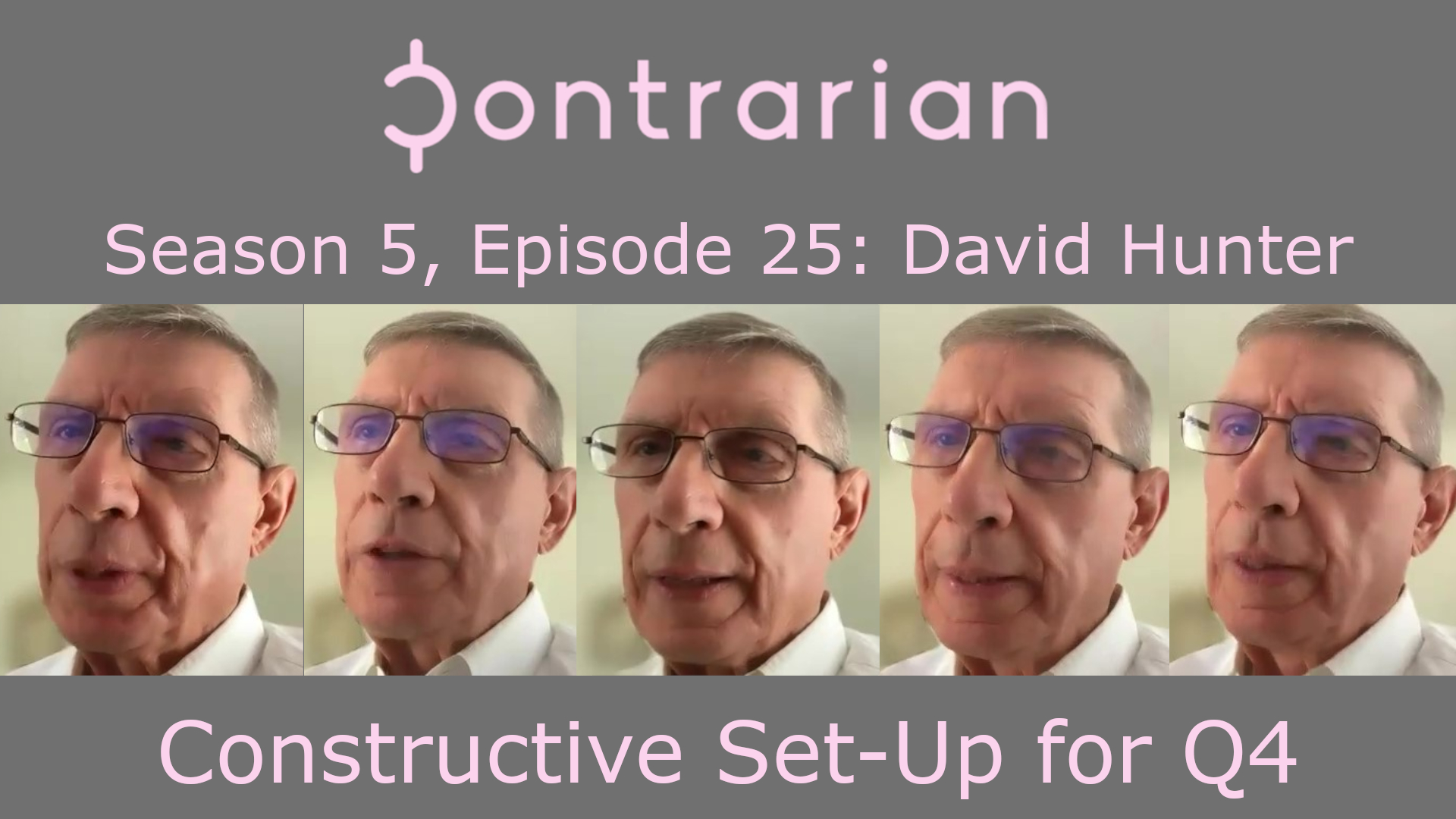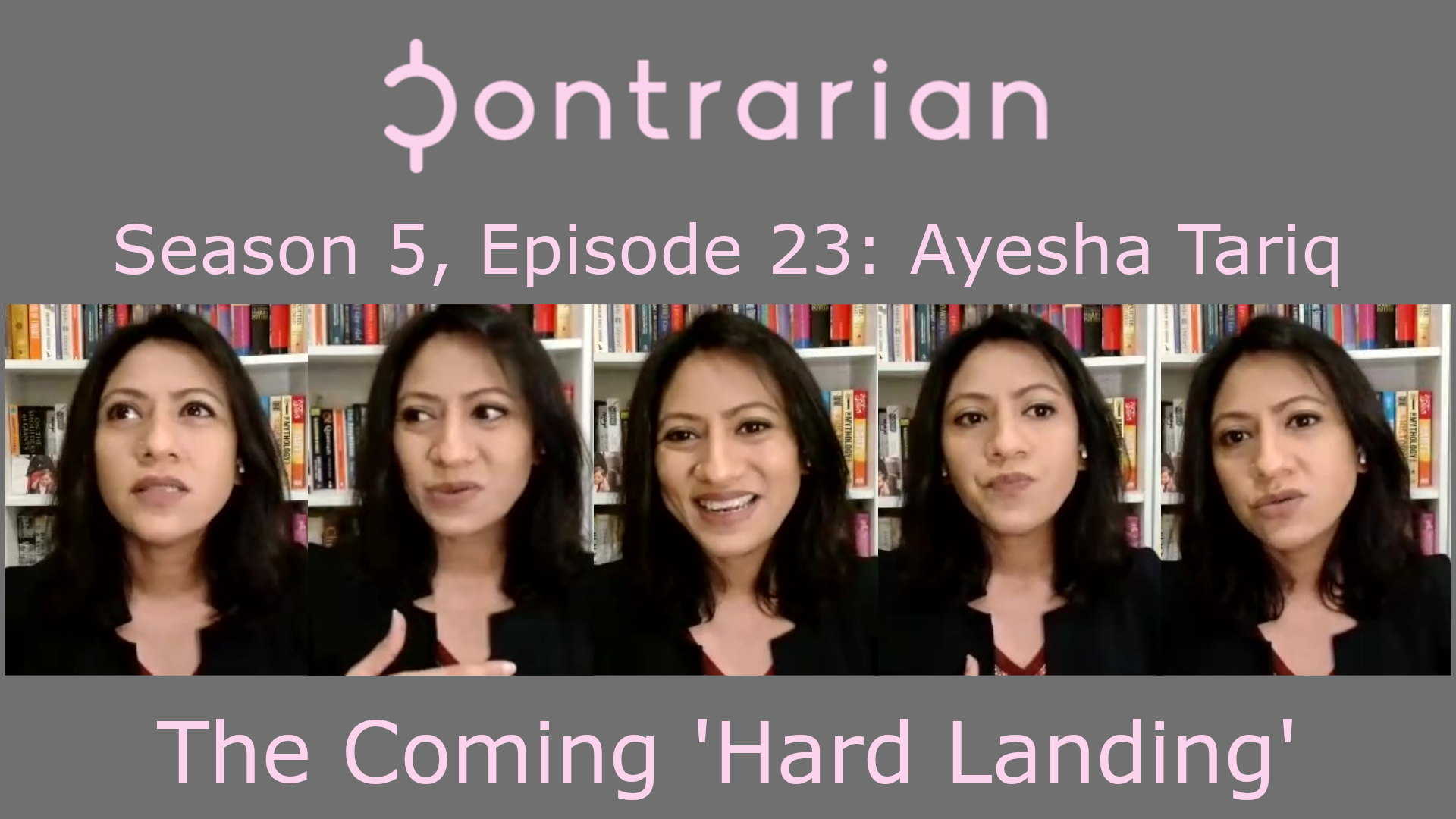Bonds are getting beat up again. The 10-year Treasury yield today rose to its highest level since 2007. It is joined by the 30-year, which also crossed the 2007 rubicon. The short end of the curve is hardly looking any better, with the 2-year also selling off — though at the time of this writing still a couple of bps below its level from 16 years ago.
Two things appear to be driving this:
- Fears of ‘higher for longer’ interest rates. Inflation remains too big of an issue for the Fed to ignore and Jay Powell & Co. are forced to continue their hawkish path when it comes to monetary policy.
- Fiscal concerns, specifically that escalating US budget deficits will create more supply of bonds than can be absorbed by investors.
The first issue is not new at all. It has very much been the driving force in markets for about two years. So much for our assessment that Fed fears had peaked. Maybe it will turn out to be early. Or perhaps just dead wrong. The point is, these concerns have not gone anywhere. If anything, they’ve intensified.
The fiscal concerns are a new wrinkle, clearly not helped by the developments in Washington. There is a lot of very dramatic language over this in the financial media. On some level the question does need to be asked as to who will buy all these bonds.
The Fed
This brings us back to the Fed, as the central bank is the largest single holder of US treasuries. And therein lies the problem because the Fed is reducing its purchases of treasuries through quantitative tightening.
With the largest holder/purchaser of bonds effectively leaving the game (at least for now), it creates a big hole from the demand side of the equation. Mutual funds are the second-largest holder of treasuries. Maybe they will step in and buy, though surely many funds are already sitting on substantial losses in their bond portfolios. Can they keep buying the dip? Maybe?
Other major holders — depository institutions (ie banks), state and local governments, pensions, and sovereign nations like Japan, the UK, and China — are not exactly equipped to pick up the slack when it comes to bond buying. Banks are constrained by new restrictions brought by the bank failures this spring and don’t exactly have the balance sheet prowess to expand their treasury holdings. State and local governments can at best expected to maintain the pace of their treasury purchases. Japan and China have their own fiscal problems to deal with (and bail out, when it comes to China). The UK is facing a recession and can be counted out for its own fiscal issues.
That’s all worrisome and could indeed create more pressure on bond prices in the short term.


